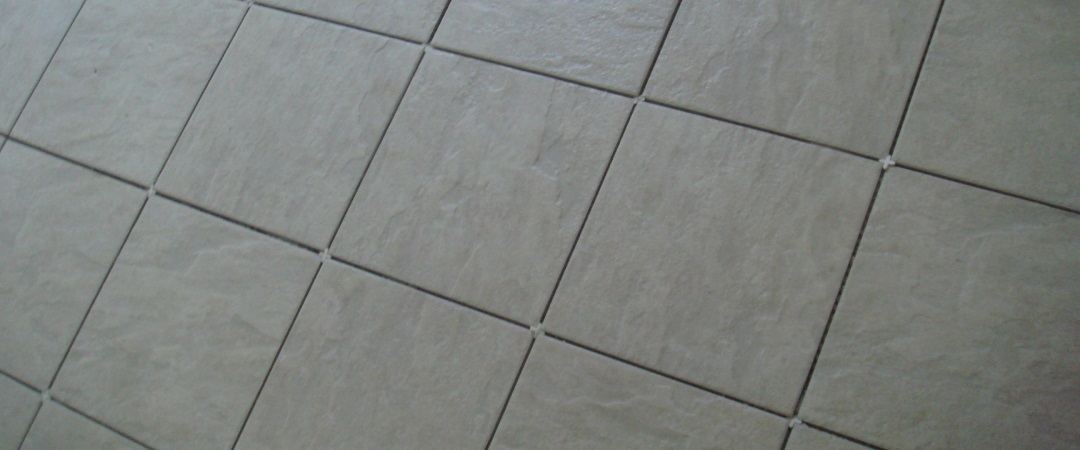Top Floor Ltd. provide professional Vinyl & Linoleum Floor Stripping and Sealing services.
Without proper maintenance, a Linoleum or Vinyl floor will lose their sheen. Depending upon traffic conditions in a given home, the polish will, over time, become worn and dulled. This changing appearance will eventually dictate that it is time to Strip and Seal the floor.
Stripping or removing previously applied polish to your floor should only be performed when routine cleaning no longer works to get your floor looking like new again. The Floor would:
- The floor would be stripped of existing seals and polishes, using a coarse scrubbing pad on a rotary scrubbing machine and a diluted solution of floor strip.
- Once all the polish has been removed, the slurry is removed using a wet pick vacuum.
- The floor would then be rinsed to leave a PH neutral surface to the floor.
A freshly stripped Vinyl & Linoleum Floor will likely require a minimum of 3 coats of polish for acceptable gloss and protection. A proper polish will be easy to apply, provide full protection from traffic and spills, and be removable with stripping detergents, which won’t damage the floor. This sealer and gloss finish will protect and extend the wear of your floor, reduce marks and scratches and guard against soil penetration and abrasion.







